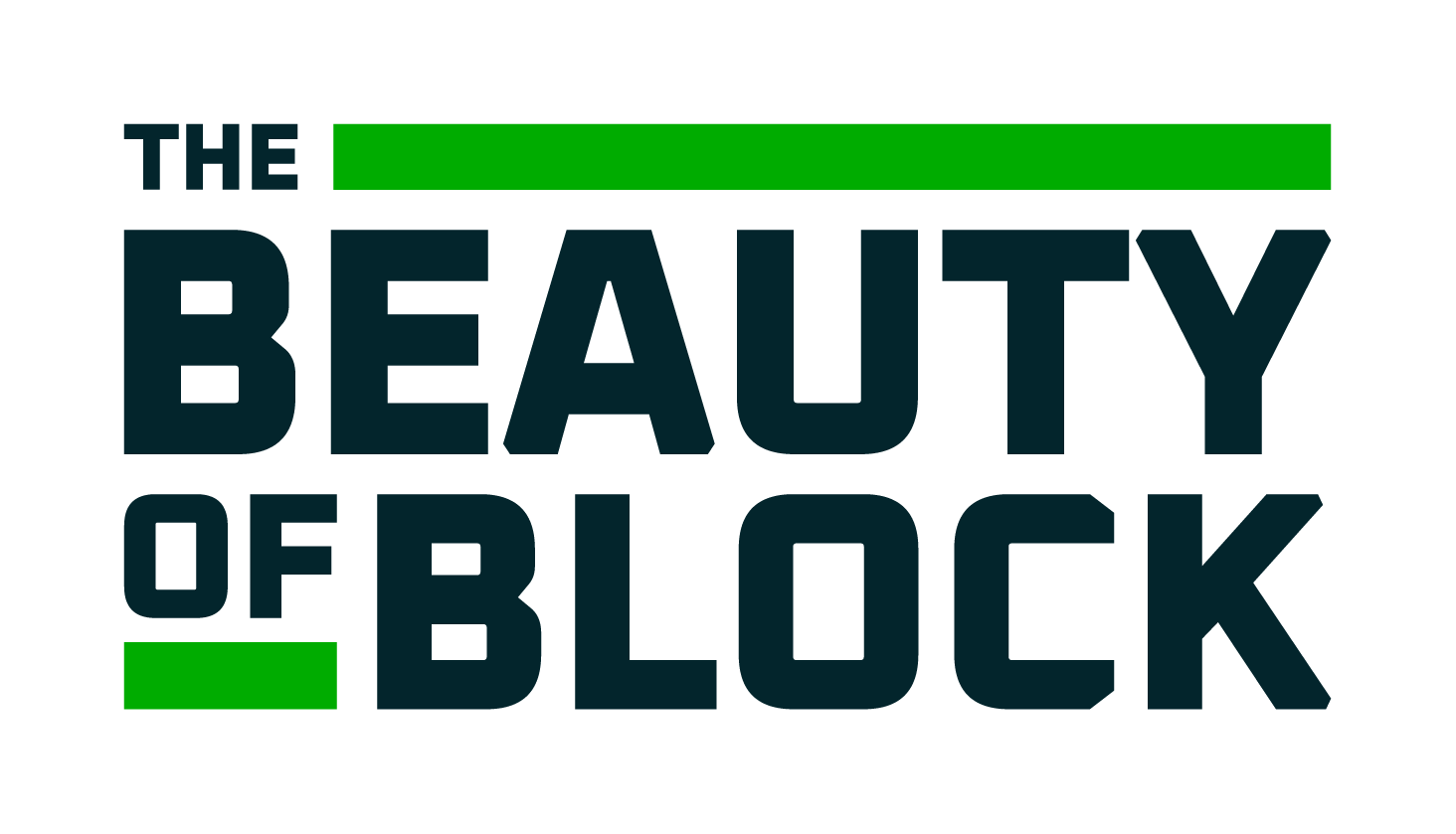This On Demand CEU is a recorded presentation from a previously live webinar event. In today’s evolving architectural landscape, firms face increasing pressure from economic volatility, talent retention challenges, and shifting client expectations. This webinar explores how benchmarking empowers architecture leaders to meet these challenges with clarity and confidence.
We’ll walk through key findings from the newly released 2025 Architecture Benchmarking Report, built on real performance data from over 2,000 A&E firms and 46,000 active users. You’ll learn how firms are setting meaningful performance targets, tracking progress, and using benchmarking to guide smarter, faster decisions.
With two years of data, we’ll also explore emerging trends and how leading firms are using insights from tools like BQE CORE to drive measurable results, including higher revenue per FTE, increased profit percentage, and year-over-year revenue growth. Whether your goal is to improve operational efficiency, support long-term planning, or gain a competitive edge, this session will give you a practical framework for applying benchmarking in your own firm.







